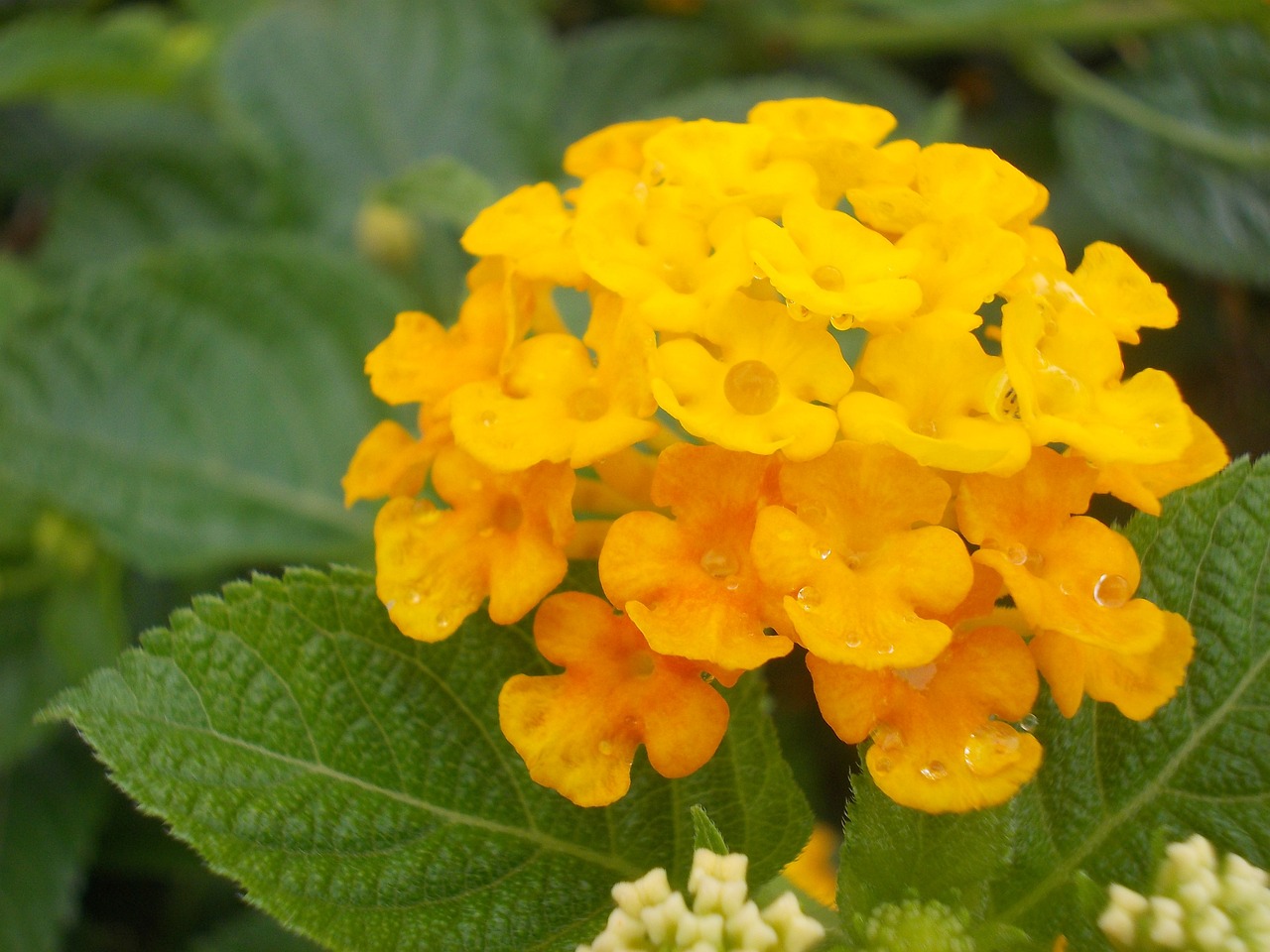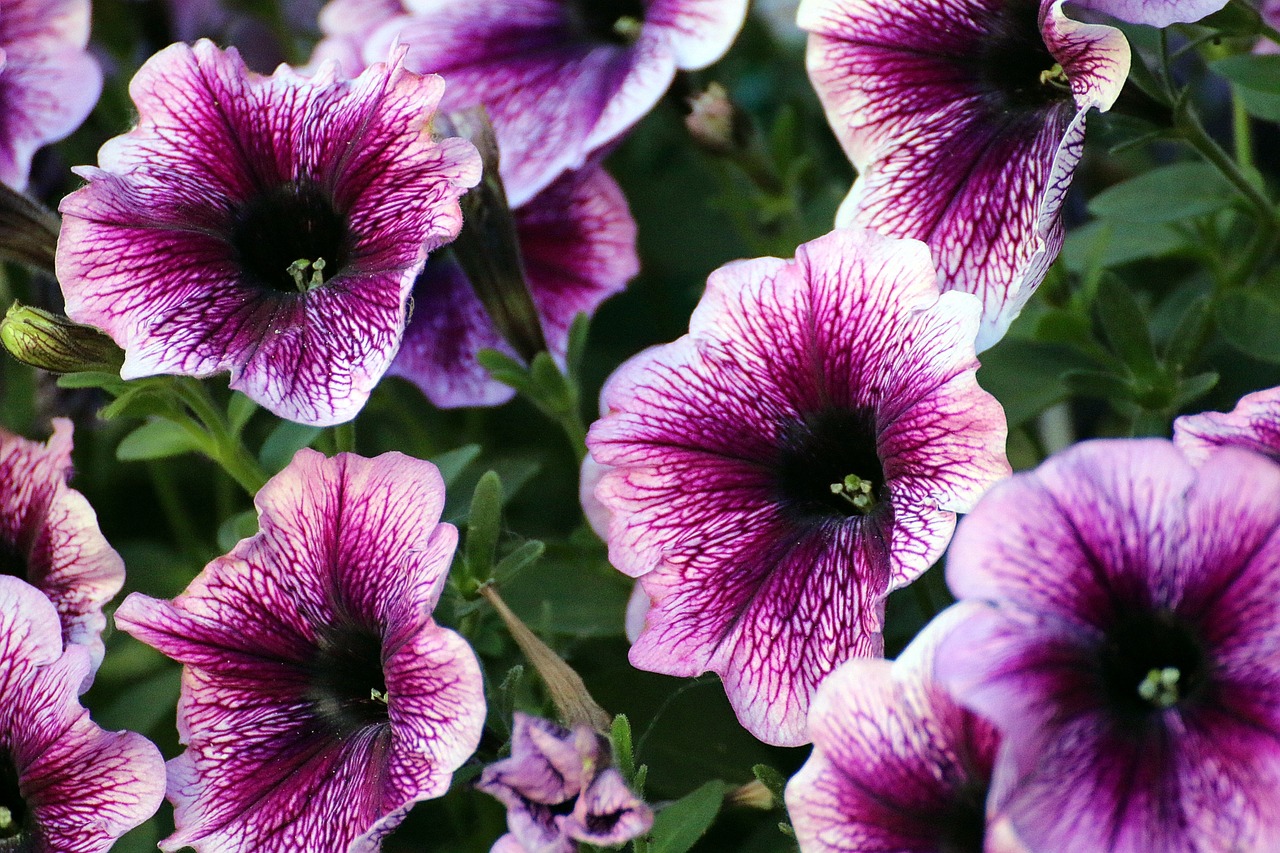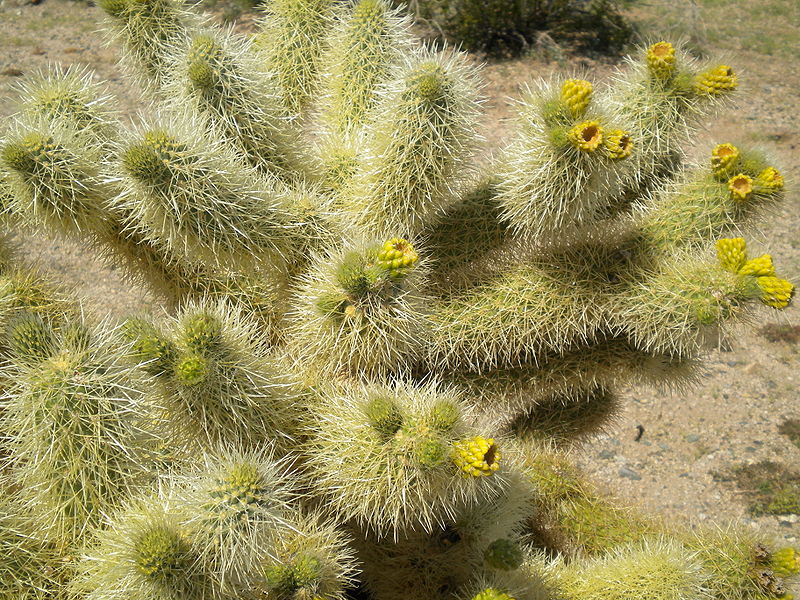Introduction
Yellow Lantana is a captivating flowering plant that is admired for its radiant blooms and numerous benefits. In this article, we will delve into the enchanting realm of Lantana, discovering its botanical profile, cultivation and care techniques, varieties, landscaping uses, and much more.
What is Yellow Lantana?
Lantana, scientifically known as Lantana camara, is an evergreen perennial flowering plant belonging to the Verbenaceae family that stands out with its vibrant yellow blooms that add a vibrant splash of color to gardens, parks, and landscapes.
Importance and Popularity of Yellow Lantana
Yellow Lantana holds great significance in gardening and landscaping. With its alluring beauty, versatility and numerous benefits making it popular with both novice and expert gardeners alike.
The Botanical Profile of Yellow Lantana
To understand Lantana better, let’s explore its taxonomy, physical description, morphology, natural habitat, and distribution.
Taxonomy and Classification
Yellow Lantana falls under the taxonomical classification of the Kingdom Plantae, Division Magnoliophyta, Class Magnoliopsida, Order Lamiales, Family Verbenaceae, and Genus Lantana. It shares its genus with several other species, each with its own unique characteristics.
Physical Description and Morphology
The physical appearance of Lantana is truly captivating. It showcases clusters of small, tubular flowers that form spherical inflorescences. The flowers bloom in various shades of yellow, creating a stunning visual display. The plant itself features deep green leaves that are often rough to the touch.
Natural Habitat and Distribution
Unheroic Lantana is native to tropical regions in South America and the Caribbean, particularly South America and Cuba. It thrives in warm and sunny surroundings, including fields, woods and highways; due to its wide appeal it has also been introduced into other regions worldwide.
Cultivation and Care of Yellow Lantana

For successful cultivation of Yellow Lantana, it is essential to understand the right techniques for planting, propagation, and maintenance. Let’s explore the key aspects of caring for this enchanting plant.
Choosing the Right Location
Yellow Lantana thrives in full sunlight, so it is crucial to select a location that receives ample direct sunlight throughout the day. It also prefers well-draining soil to prevent waterlogging.
Soil Requirements and Preparation
The ideal soil for Yellow Lantana is fertile, loamy, and well-draining. Before planting, prepare the soil by incorporating organic matter and ensuring proper drainage to promote healthy growth.
Planting and Propagation Techniques
Yellow Lantana can be propagated through seeds or cuttings. When planting seeds, ensure they are sown at the appropriate depth and provide adequate moisture. For cuttings, select healthy stems, treat them with a rooting hormone, and plant them in a suitable growing medium.
Watering and Irrigation
While Lantana is drought-tolerant once established, regular watering is necessary during its initial growth stages. Water the plant deeply but allow the soil to dry out between waterings to prevent overwatering.
Fertilization and Nutrient Needs
To promote optimal growth and blooming, apply a balanced fertilizer during the growing season. Yellow Lantana benefits from regular feeding, but avoid over-fertilization, as it can lead to excessive foliage growth and reduced flowering.
Pruning and Maintenance Tips
Pruning helps maintain the shape and size of Yellow Lantana while promoting bushier growth and more abundant blooms. Remove spent flowers and trim back leggy or damaged branches. Regularly monitor the plant for pests and diseases and take appropriate measures for their control.
Yellow Lantana Varieties and Cultivars
Yellow Lantana exhibits a range of delightful varieties and cultivars, each with its own unique characteristics. Let’s explore some popular choices and their distinguishing features.
Popular Varieties and Their Characteristics
‘Samantha’: This variety displays large, bright yellow flowers and has a compact growth habit, making it ideal for containers and smaller gardens.
‘Golden Zinger’: Known for its intense golden-yellow blossoms, ‘Golden Zinger’ is a robust variety that adds a bold splash of color to any landscape.
Noteworthy Cultivars and Hybrids
‘Lucky Sunrise’: This cultivar showcases vibrant yellow flowers with a contrasting dark orange center, creating a striking visual effect.
‘Peach Cobbler’: Blending shades of yellow and peach, this hybrid variety captivates with its unique coloration and delicate fragrance.
Unique Features and Colors
Apart from the traditional yellow blooms, Yellow Lantana can also be found in shades of orange and pink. Varieties with multi-colored flowers, such as ‘Confetti’ and ‘Fruit Punch,’ offer a delightful mix of hues, adding depth to any garden or landscape.
Yellow Lantana in Landscaping and Gardening
Yellow Lantana is a versatile plant that can be utilized in various ways to enhance the beauty of gardens and landscapes. Let’s explore its ornamental uses, complementary plants, and landscaping ideas.
Using Yellow Lantana as Ornamental Plants
Yellow Lantana’s vibrant flowers make it an excellent choice for ornamental purposes. It can be grown in flower beds, borders, and containers, adding a pop of color to any space. Its attractive foliage and long blooming period make it a favorite among garden enthusiasts.
Complementary Plants for a Stunning Garden Display
To create a visually appealing garden display, consider combining Yellow Lantana with other plants that complement its vibrant yellow blooms. Marigolds, purple coneflowers, and blue salvia are some examples of plants that beautifully contrast with the yellow hues of Lantana.
Landscaping Ideas and Design Tips
Yellow Lantana’s versatility extends to landscaping designs. It can be incorporated in butterfly gardens, pollinator-friendly landscapes, or used to create charming borders and hedges. Its tolerance to heat and drought makes it an ideal choice for xeriscaping, contributing to water conservation efforts.
Benefits and Uses of Yellow Lantana
Beyond its visual appeal, Yellow Lantana offers numerous benefits and finds applications in various domains. Let’s explore its environmental, medicinal, therapeutic, and culinary uses.
Environmental Benefits
Yellow Lantana serves as a valuable nectar source for butterflies, bees, and other pollinators, making it an essential plant for supporting biodiversity. Its dense foliage also provides shelter for small wildlife.
Medicinal and Therapeutic Applications
In traditional drug, unheroic Lantana has been used for its antimicrobial andanti-inflammatory parcels. It has been employed to treat affections similar as skin infections, digestive issues, and respiratory conditions. still, it’s important to consult a healthcare professional before using it for medicinal purposes.
Culinary Uses and Recipes
Yellow Lantana flowers and leaves may not be consumed regularly, but certain parts of it can be utilized in culinary preparations. They can be added as flavorful tea additives, garnishes for salads or desserts or even added directly into unique recipes such as flower-infused syrups and jellies for use.
Yellow Lantana and Wildlife
Lantana plays a vital role in attracting pollinators and creating habitats for wildlife. Let’s explore its significance in supporting beneficial insects and contributing to wildlife conservation.
Attracting Pollinators and salutary Insects
unheroic Lantana’s various and ambrosial blooms serve as attractions for pollinators similar as butterflies, notions and hummingbirds- helping ensure their survival and well- being in your theater . By planting unheroic Lantana you’re contributing to their good!
Wildlife Habitat and Conservation
Yellow Lantana’s dense foliage provides hiding places and nesting sites for small birds and beneficial insects. By cultivating Lantana, you create a welcoming habitat for wildlife, contributing to the preservation of local ecosystems.
Common Pests and Diseases Affecting Yellow Lantana
While Lantana is generally resilient, it can be susceptible to certain pests and diseases. Let’s explore common issues that gardeners may encounter and effective management strategies.
Identifying and Managing Pests
Yellow Lantana can attract pests such as aphids, whiteflies, and spider mites. Regular inspection and early detection are key to preventing infestations. Integrated pest management techniques, including natural predators, organic insecticides, and proper cultural practices, can help control these pests effectively.
Common Diseases and Preventive Measures
Yellow Lantana plants may become vulnerable to fungal diseases like powdery mildew and root rot if exposed to humid environments, especially in humid zones. To combat such problems, make sure air circulation is optimal, avoid overwatering, and remove and dispose of infected plant material promptly. Fungicidal treatments may be necessary in severe cases.
Yellow Lantana in Different Cultures and Traditions
Lantana holds symbolic and cultural significance in various traditions around the world. Let’s explore its role in different cultures and its portrayal in art and literature.
Symbolism and Cultural Significance
In some cultures, Lantana symbolizes joy, happiness, and positive energy. It is associated with celebrations, festivities, and religious rituals, where its vibrant yellow color is regarded as auspicious.
Art and Literature
Yellow Lantana’s beauty and allure has long inspired artists and writers, inspiring paintings, poems, and literary works depicting its vibrancy as well as life’s fleeting beauty.
Myths, Legends, and Folklore
Yellow Lantana has also found its place in myths, legends, and folklore, adding an element of mystique to its allure. Let’s explore captivating stories and beliefs associated with this enchanting plant.
Folklore and Superstitions Associated with Yellow Lantana
In certain folklore, Yellow Lantana is believed to possess protective qualities, warding off evil spirits and negative energies. It is sometimes associated with luck, prosperity, and spiritual cleansing.
Stories and Myths from Different Cultures
Across different cultures, stories and myths have been woven around Lantana, often highlighting its beauty, healing properties, and transformative symbolism. These tales reflect the deep cultural connections humans have forged with the natural world.
Growing Yellow Lantana: Tips and Tricks from Experts
To master the art of growing and caring for Lantana, it’s valuable to learn from experienced experts. Here, we present some advice and inspiring success stories from seasoned gardeners and horticulturists.
Expert Advice on Growing and Caring for Yellow Lantana
Provide adequate sunlight and well-draining soil.
Prune regularly to maintain shape and promote blooming.
Monitor for pests and diseases and take prompt action.
Feed with a balanced fertilizer during the growing season.
Success Stories and Inspirational Gardens
Discover captivating success stories of passionate gardeners who have created breathtaking displays with Yellow Lantana. Explore their gardens and gain inspiration for your own botanical masterpiece.
Constantly Asked Questions( FAQs)
To address common queries about growing and caring for unheroic Lantana, then are some constantly asked questions and instructional answers.
What are the ideal growing conditions for Yellow Lantana?
Lantana thrives in full sunlight and well-draining soil. It requires moderate water and is drought-tolerant once established.
How do I propagate Yellow Lantana from cuttings?
To propagate Lantana from cuttings, select healthy stems, treat them with a rooting hormone, and plant them in a suitable growing medium. Provide appropriate moisture and warmth for successful root development.
Are Yellow Lantana flowers edible?
Lantana flowers may be suitable for culinary preparations; however, it’s essential that they come from an non-toxic variety as certain cultivars might not be safe.
What are some alternative plants for landscaping alongside Yellow Lantana?
For a stunning landscape, consider complementing Lantana with plants like purple coneflowers, marigolds, blue salvia, or ornamental grasses. These combinations create a visually appealing and harmonious garden display.
How can I protect Yellow Lantana from pests and diseases?
Regular monitoring, proper cultural practices, and the use of organic pest control methods can help protect Yellow Lantana from pests and diseases. Maintaining good air circulation and avoiding overwatering can also contribute to a healthy plant.
Conclusion
In conclusion, Yellow Lantana is a captivating plant that offers a vibrant burst of color, numerous benefits, and a rich cultural heritage. Its radiant blooms, coupled with its environmental contributions and versatile uses, make it an excellent choice for gardens, landscapes, and nature enthusiasts. By exploring the beauty and benefits of Lantana, we open ourselves to a world of splendor and inspiration. Embrace the allure of Yellow Lantana and revel in its remarkable presence in the botanical realm.





